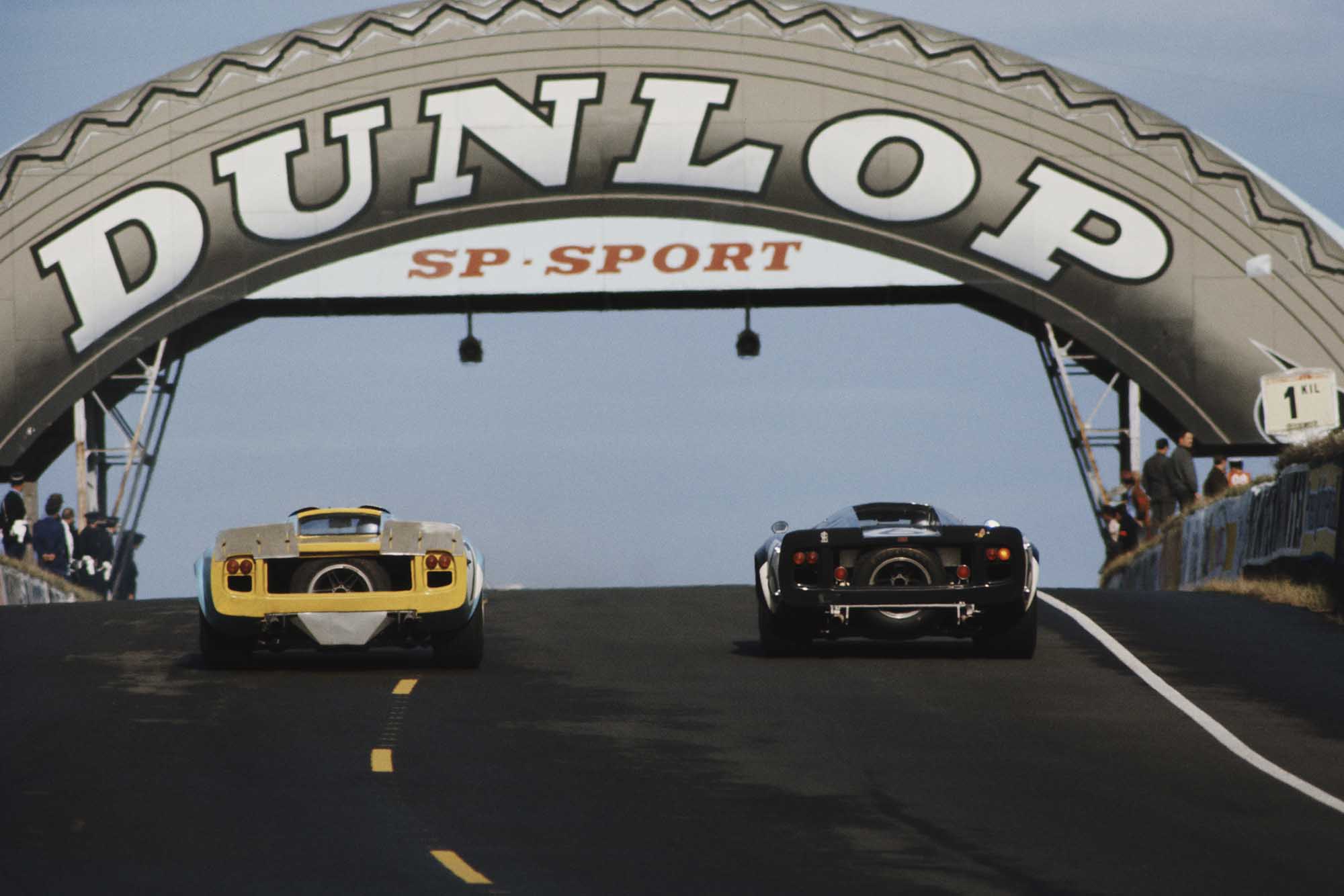Forgotten Legends
Lola T70
Photo credit: Lola Archives, Wheelsage
Eric Broadley, the brilliant English manufacturer who began his career in 1958, saw his unmistakeable talent overshadowed by two competitors who immediately became famous: John Cooper and Colin Chapman.
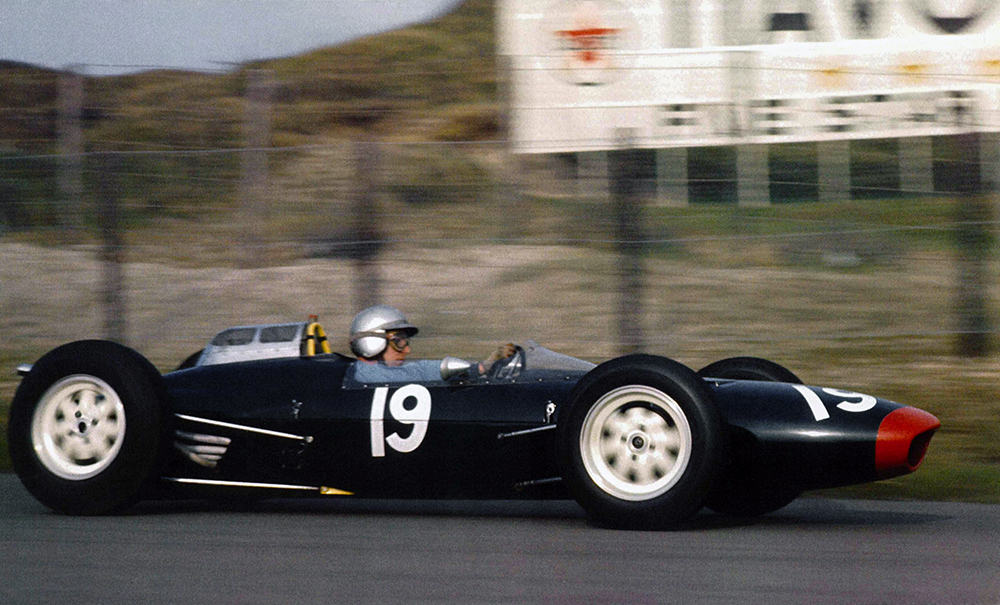
With the first victory of a rear-engined car in the Formula 1 World Championship and the successful combination of his name with the ultra-celebrated MINI – a MINI Cooper still exists today – Cooper transformed his name into a universally known brand. Colin Chapman on the other hand, used his unstoppable determination to make lightweight, race-winning cars to define an era with his Lotus brand and famous drivers such as Jim Clark, Jochen Rindt and Mario Andretti.
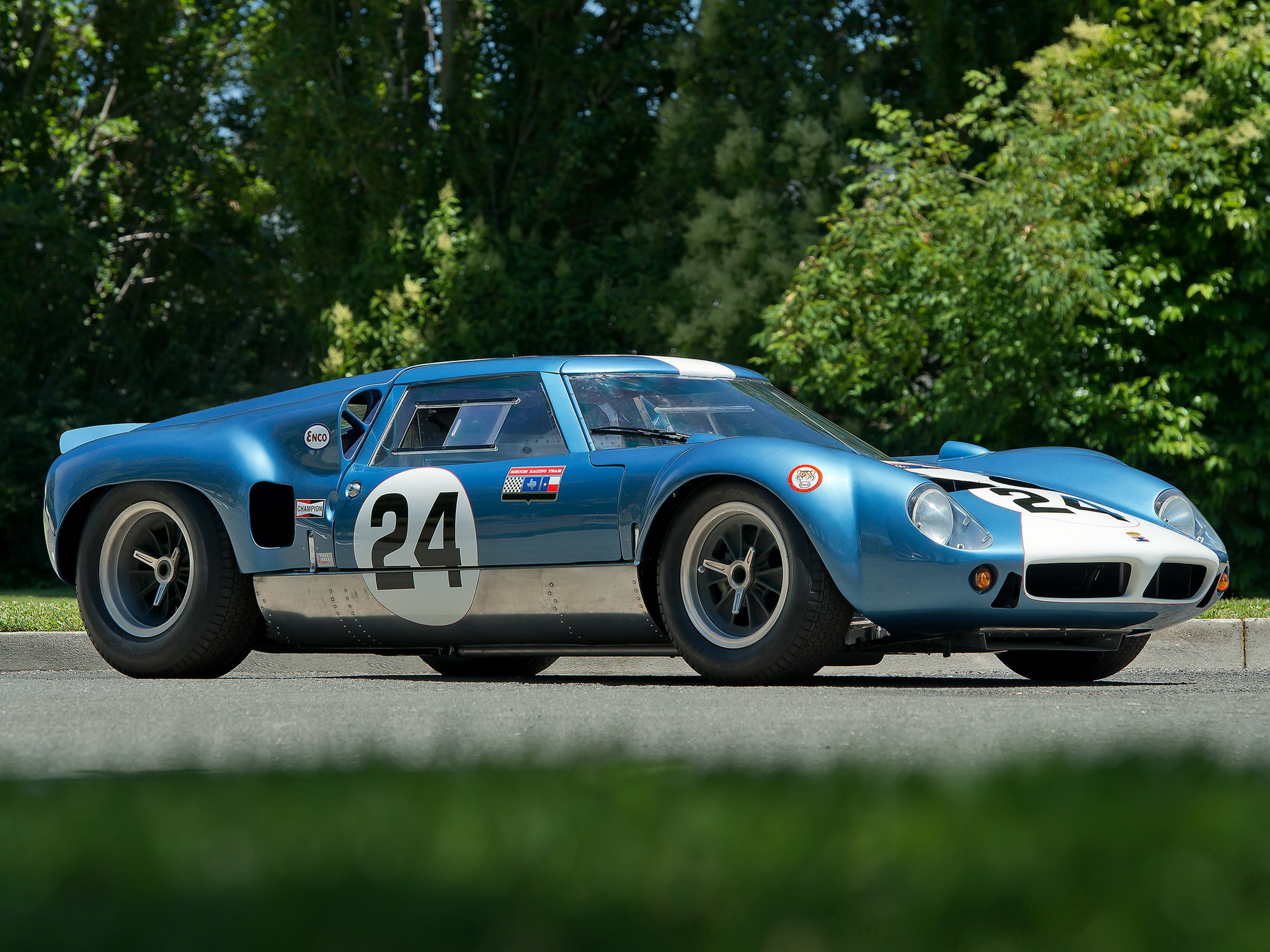
Broadley wasn’t far behind either of these two with his Lola, yet his name is practically unknown outside the world of motorsport: he tried his hand at Formula 1, taking, among many other successes, the motorcycle World Champion John Surtees to pole position and two second places in 1962, after which, he directed his attention to the production of cars for endurance races, bringing home several important victories such as the Can Am Championship in 1966 with Surtees and even a quick shot at Indianapolis, where the famous Graham Hill won the Indy 500 in 1966.
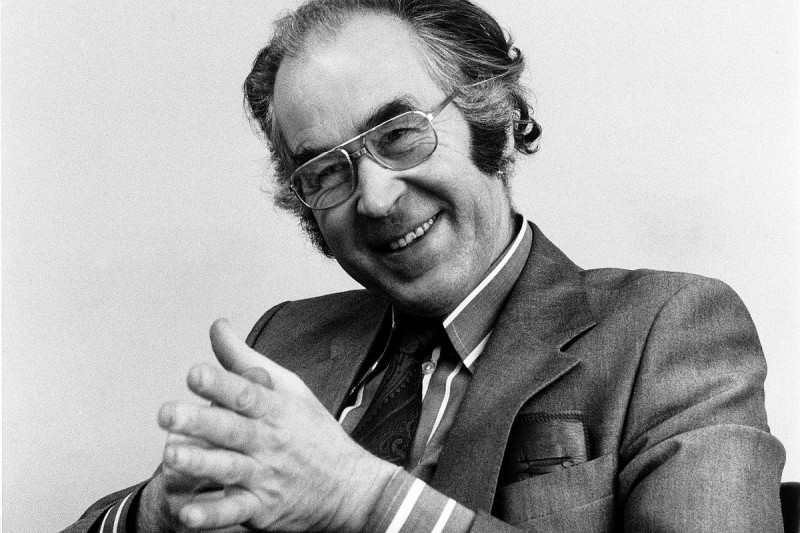
These great results were by no means accidental: Broadley had previously been hired as a consultant by Ford for the development of the GT40 and this gave him precious know-how he transferred over to his Lola models released in the following years.
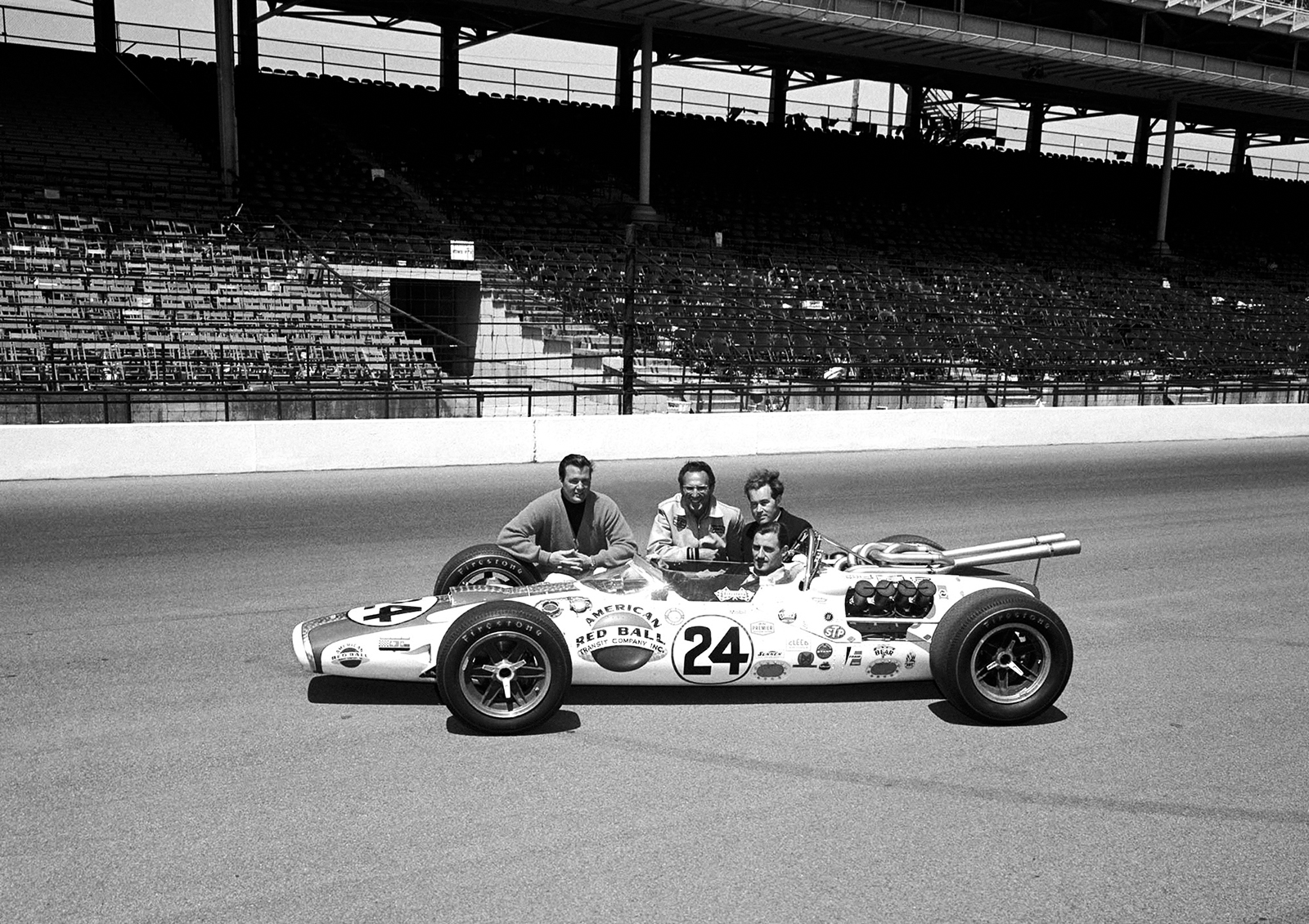
The car that Lola is most famous for, however, that can still be seen today in the many classic car races around the world, is the T70. Beautiful, with its tapered shape reminiscent of famous models such as the Alfa Romeo 33 Daytona and even the Ferrari P2 and P3, it was powered by cheap and reliable American engines from Chevrolet and Ford.
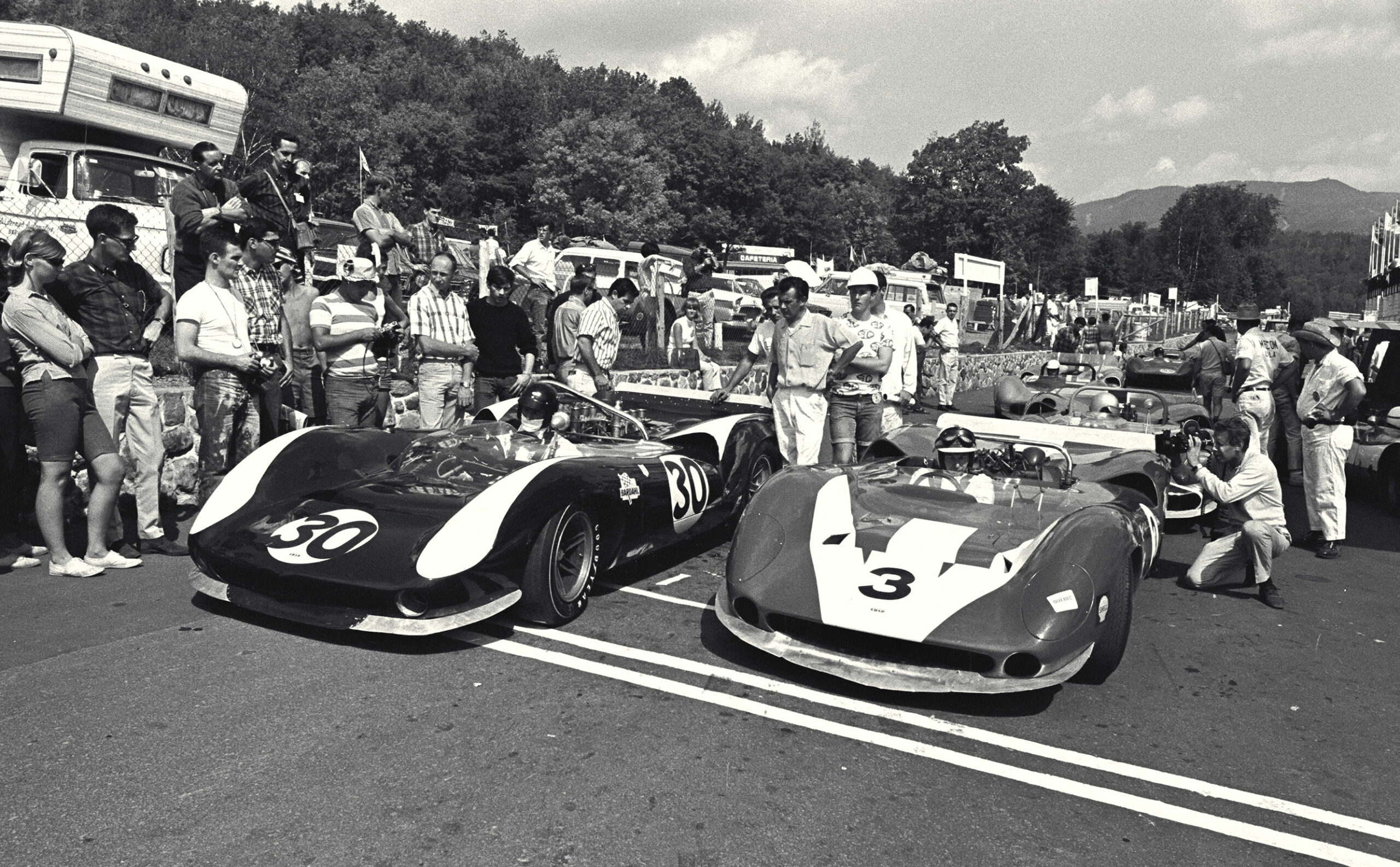
That Lola’s work concerned his competitors is demonstrated by the fact that Enzo Ferrari argued with John Surtees, who was his official driver at the time and who won the F1 World Title for Ferrari in 1964, because he maintained relations with Broadley that The Drake did not favour.
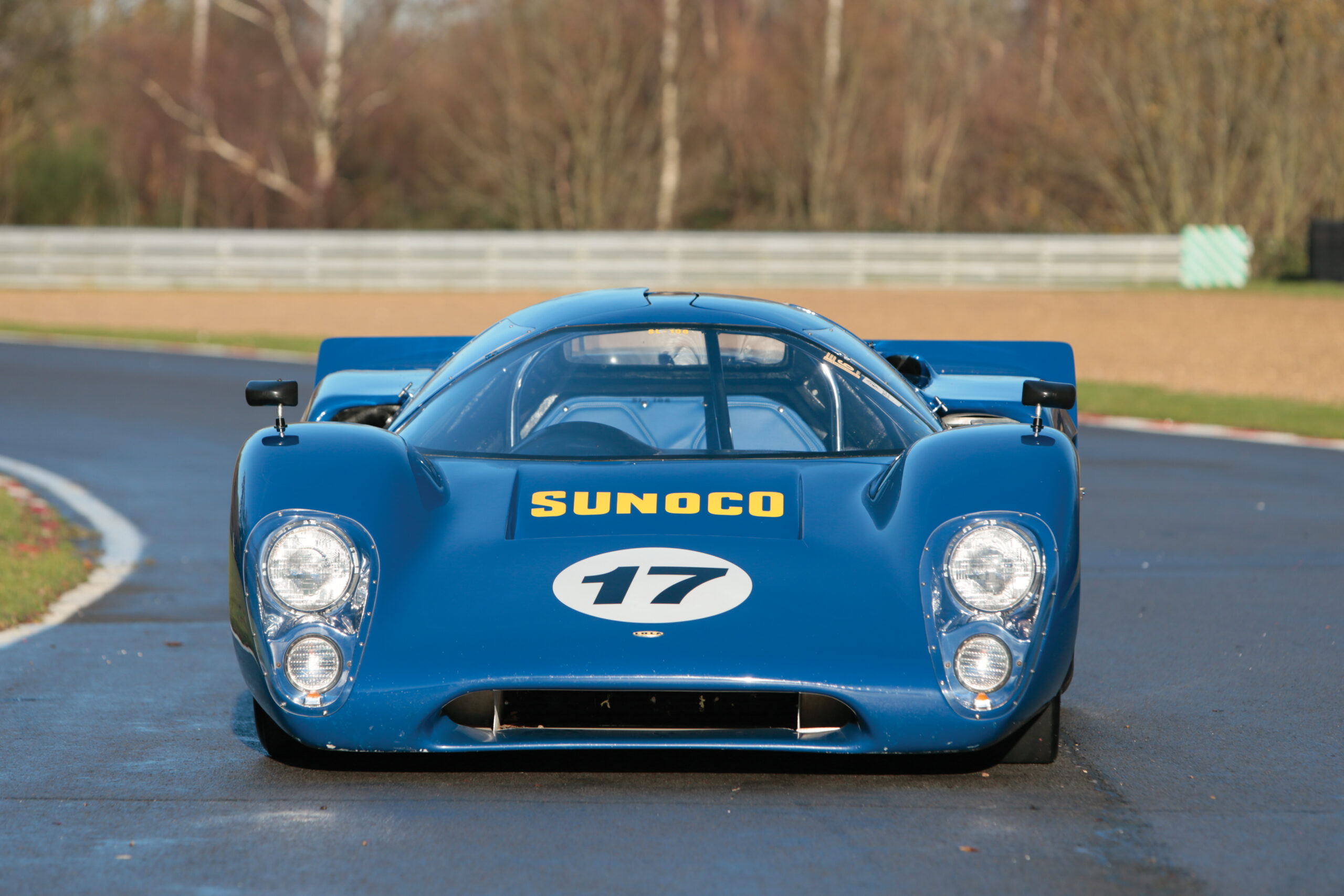
Today, a Lola T70 ready to compete in historic races, has a market value of anywhere from €150,000 to €300,000 depending on its history and of course, its originality. A splendid toy that’s both fun and challenging and which won’t break the bank.
